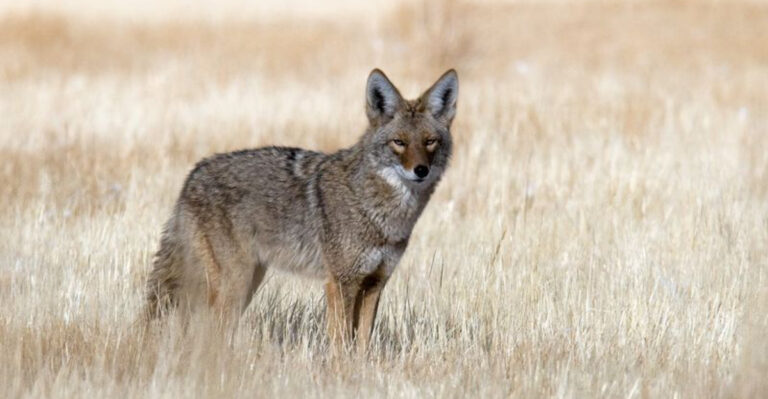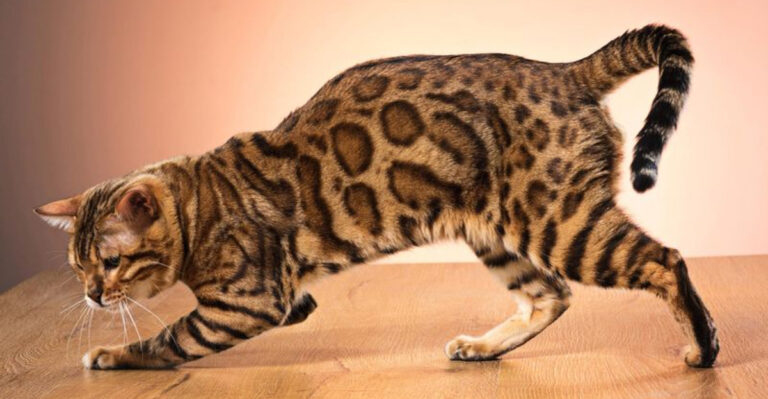11 Loud Pet Birds That Can Be Annoying (And 4 That Are Surprisingly Quiet)
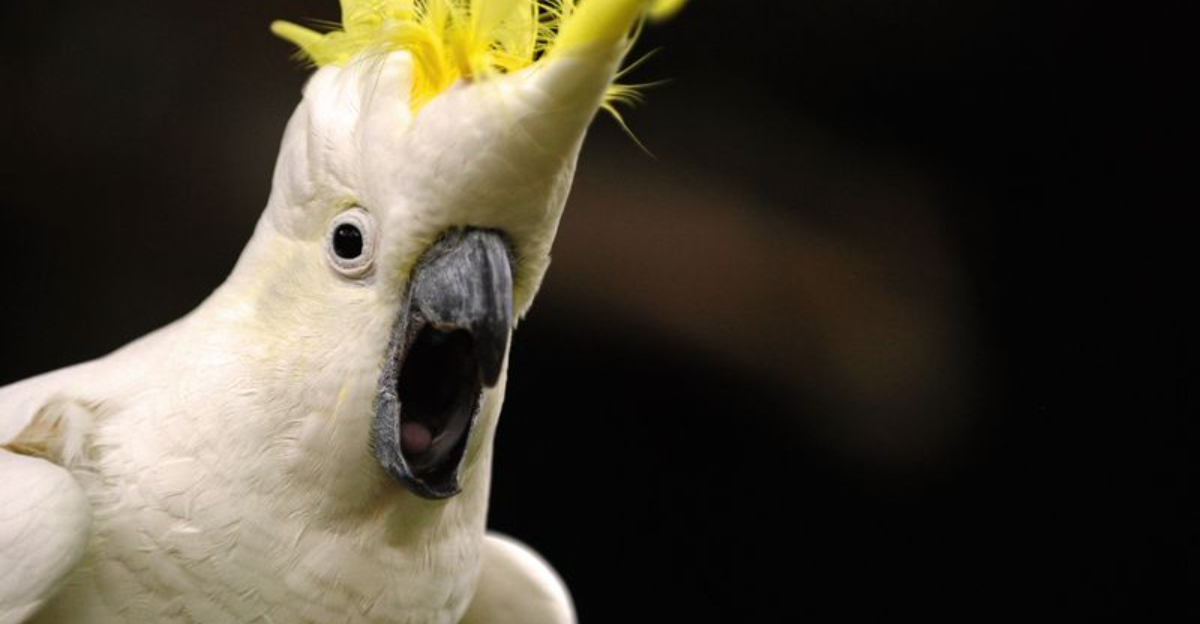
Ever been startled by a sudden squawk while visiting a friend with feathered companions? Birds make fascinating pets with their colorful plumage and intelligent antics, but their vocal abilities can range from ear-splitting to pleasantly subdued.
Before bringing home a new feathered friend, it’s worth knowing which species might have your neighbors filing noise complaints and which ones keep their musical talents to a respectable volume.
1. Macaws
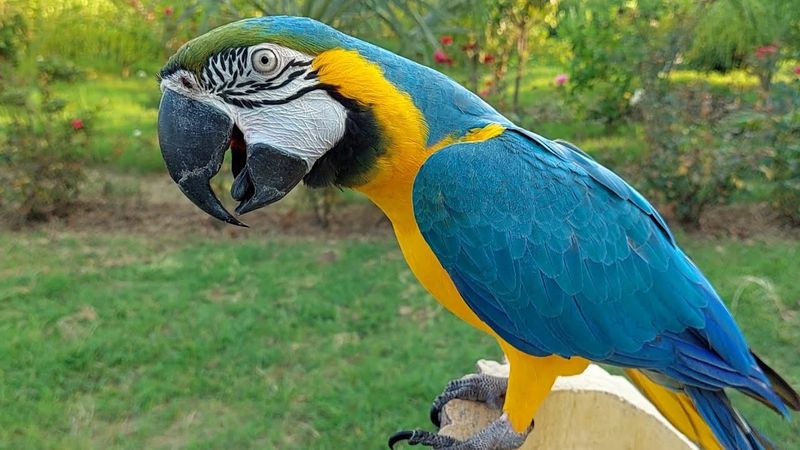
Imagine a creature smaller than a cat that can produce sounds as loud as a jackhammer! Macaws are the undisputed champions of avian volume, capable of screams reaching 105 decibels.
These colorful giants of the parrot world use their powerful voices to communicate across vast rainforest canopies in the wild. Your suburban living room might not need quite that level of acoustic power.
2. African Grey Parrots
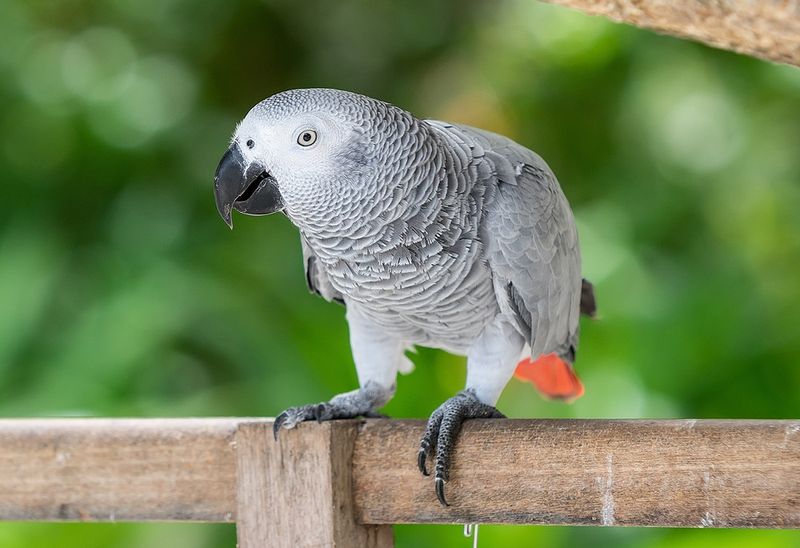
Famous for their Einstein-like intelligence, African Greys pack impressive vocal cords into their medium-sized bodies. Their morning alarm calls aren’t something you can snooze through!
While they’re celebrated for their remarkable talking abilities and cognitive skills, many owners are surprised by how loudly they express themselves when bored or seeking attention. Their repertoire includes whistles, squeaks, and human-like screams.
3. Cockatoos
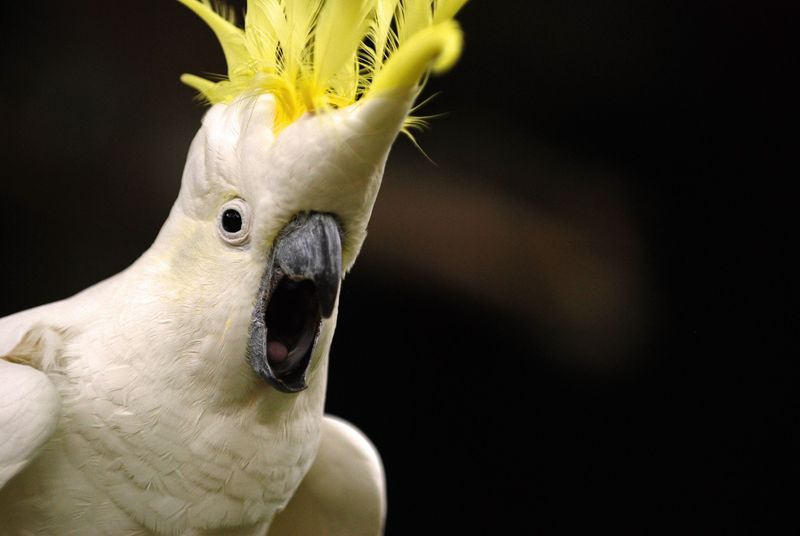
With their gorgeous crests and cuddly personalities, cockatoos charm their way into many hearts. Then comes the screaming—oh, the screaming!
These emotional Australians have perfected the avian equivalent of a toddler’s meltdown, complete with ear-piercing shrieks that can literally be heard blocks away. Their morning and evening “calls” are actually social behaviors meant to gather the flock, which unfortunately includes you.
4. Amazon Parrots
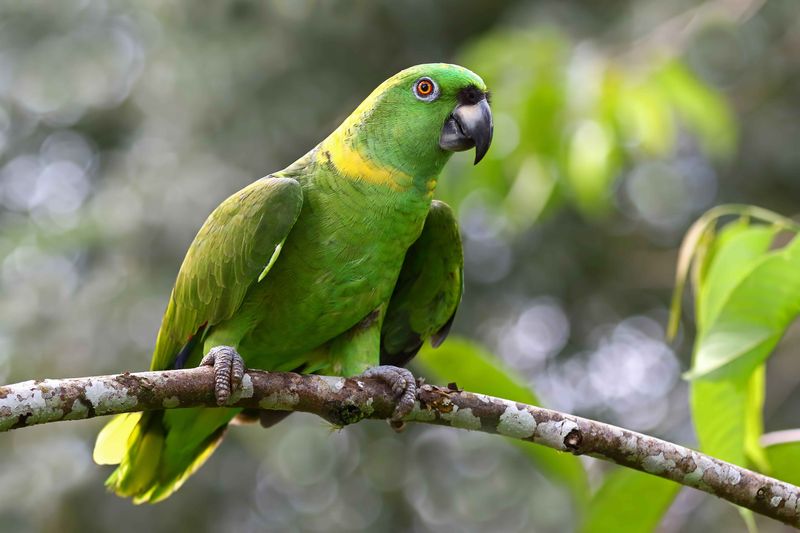
Morning radio DJs have nothing on Amazon parrots when it comes to wake-up calls. These green chatterboxes seem to believe every day deserves an enthusiastic vocal celebration.
What makes Amazons particularly challenging is their stamina—they don’t just call out occasionally; they can maintain impressive volume for extended periods. Their repertoire includes wolf whistles, maniacal laughter, and calls that somehow perfectly mimic your doorbell at 6 AM.
5. Sun Conures
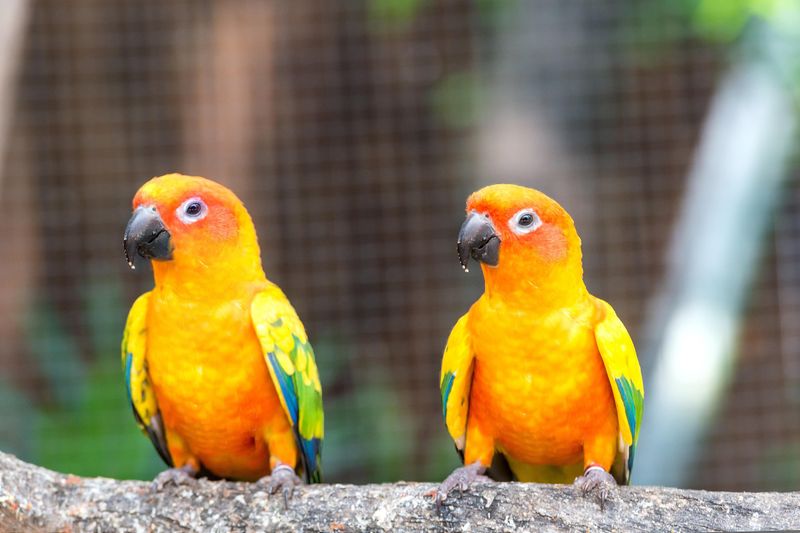
Don’t let their adorable size and rainbow plumage fool you. Sun conures pack a sonic punch that defies their tiny bodies!
These little screamers specialize in high-pitched, piercing calls that can slice through closed doors and windows with ease. Morning greetings from a sun conure have been known to wake entire households—and occasionally neighbors too. They’re particularly vocal during dawn and dusk.
6. Quaker Parrots
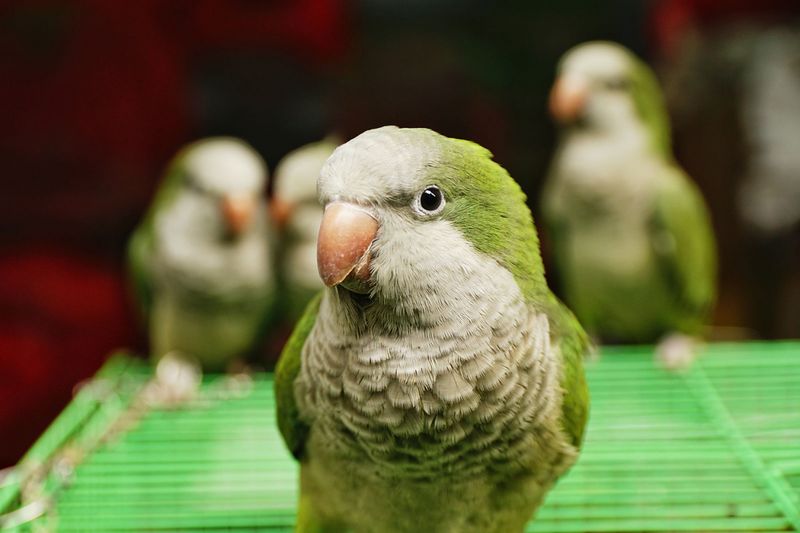
Ever tried having a phone conversation near a Quaker parrot? Good luck finishing a sentence! These medium-sized green chatterboxes have opinions about everything and aren’t shy about expressing them.
Quakers combine impressive volume with non-stop talking, creating an endless soundtrack of squawks, whistles, and mimicked words. They’re particularly vocal during mealtimes, when they see strangers, or whenever they feel their social status in the household needs reinforcing.
7. Ringneck Parakeets
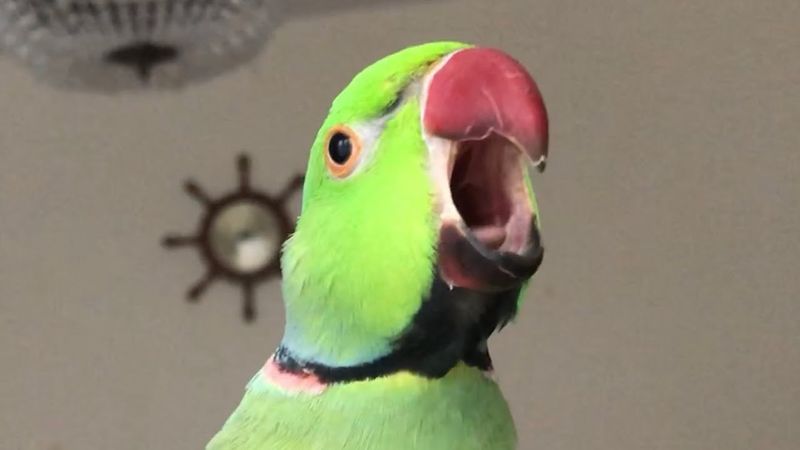
Those gorgeous emerald feathers and charming neck rings hide a secret—ringnecks can deliver sustained calls that penetrate walls with surprising efficiency! Their distinctive voices carry remarkably well for their size.
What makes ringnecks particularly challenging is their persistence. Once they start calling, they can continue for impressively long stretches. Male ringnecks are especially vocal during breeding season, when their hormones transform these otherwise charming birds into feathered sirens.
8. Eclectus Parrots
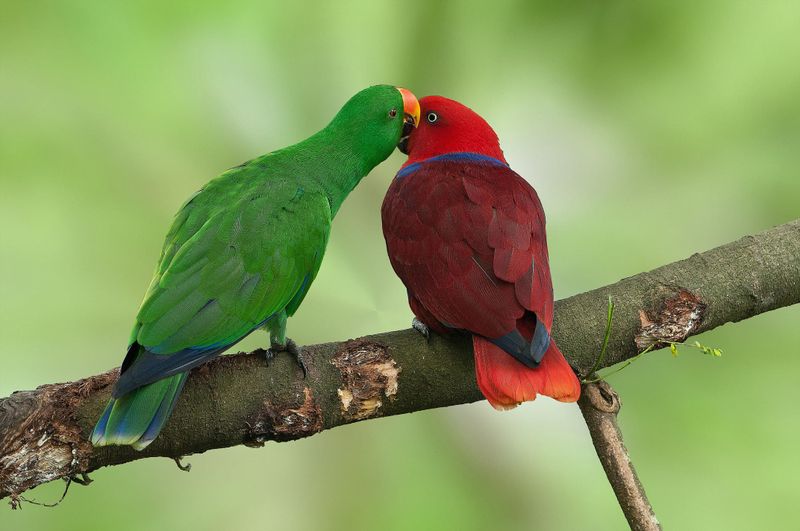
With their stunning gender-specific coloration (females fiery red, males emerald green), Eclectus parrots look like they belong in a tropical painting. Then they open their beaks!
Their voices don’t match their elegant appearance—instead of gentle calls, they produce surprisingly powerful squawks and screams. Female Eclectus birds tend to be the more vocal of the sexes, often using their impressive lung power to assert dominance or express excitement.
9. Lovebirds
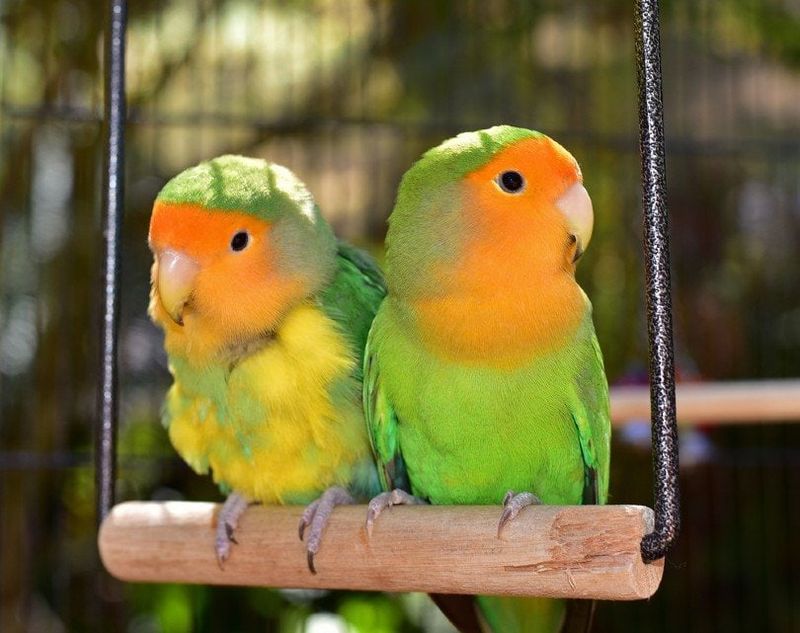
Don’t be fooled by their adorable name and pocket-sized bodies—lovebirds can generate an astonishing amount of noise! These pint-sized powerhouses produce sharp, penetrating calls that belie their small stature.
What they lack in size, they make up for in persistence and pitch. Lovebirds are particularly vocal when seeking attention or expressing displeasure. Their high-frequency screams can cut through household noise and sometimes even cause nearby electronics to produce feedback.
10. Pionus Parrots
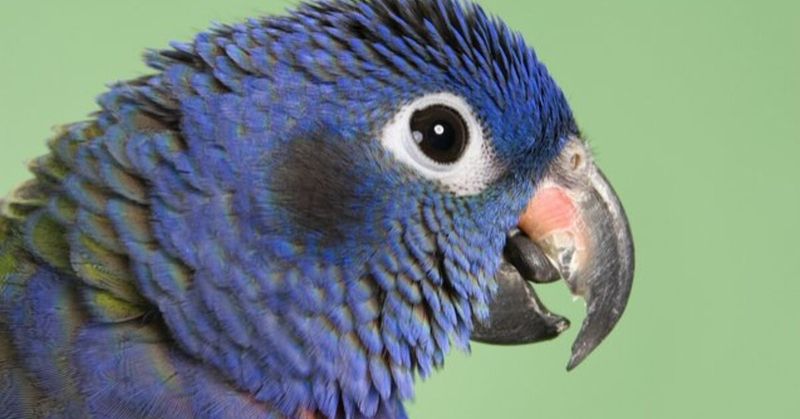
Often recommended as “quieter parrots,” many Pionus owners would beg to differ! While not as consistently loud as macaws, these medium-sized birds can produce surprisingly powerful calls when the mood strikes.
Their typical vocalizations include sharp squawks and a distinctive wheezing sound that’s uniquely theirs. Though they’re not constant screamers, their unexpected volume bursts can startle unsuspecting visitors and disrupt quiet activities. Morning and evening seem to inspire their most enthusiastic vocal performances.
11. Cockatiels
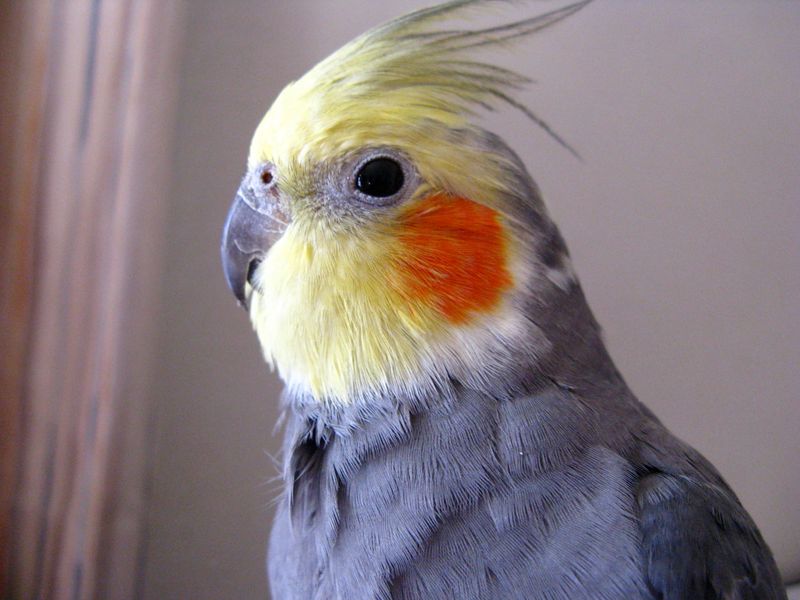
Famous for their cheery wolf whistles and ability to mimic phone rings, cockatiels aren’t the loudest birds on our list—but what they lack in volume, they make up for in persistence!
Male cockatiels in particular can whistle the same tune for hours on end. Their repertoire often includes the first few notes of popular songs, repeated with mind-numbing consistency. While not ear-splitting, their constant melodic outbursts can become surprisingly grating over time.
12. Bourke’s Parakeets
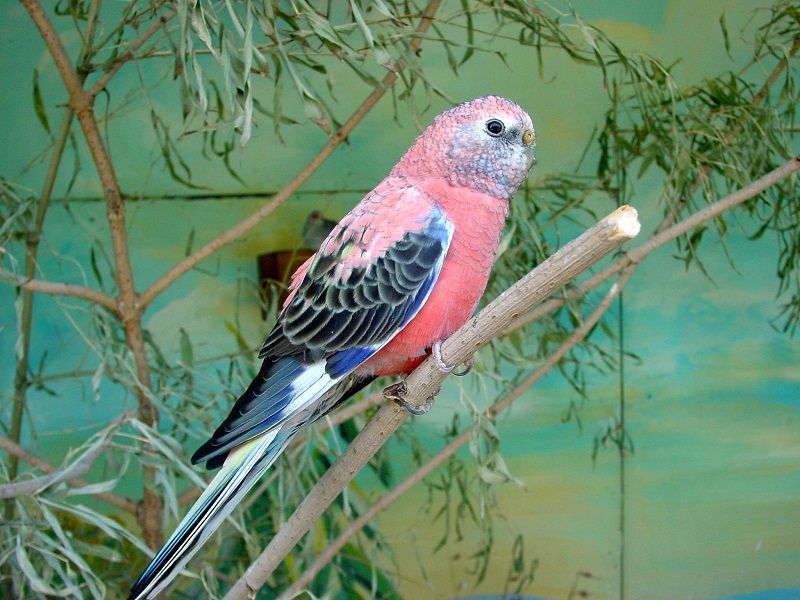
Unlike their rowdier relatives, Bourke’s parakeets bring a musical quality to the avian world. Their soft warbling sounds more like gentle wind chimes than typical bird calls.
These Australian natives prefer quiet conversations and melodic chirping over harsh screams. They’re most vocal at dawn and dusk, offering a pleasant soundtrack rather than jarring noise. Their peaceful nature extends to their social behavior, making them ideal for apartments or shared living spaces.
13. Pacific Parrotlets
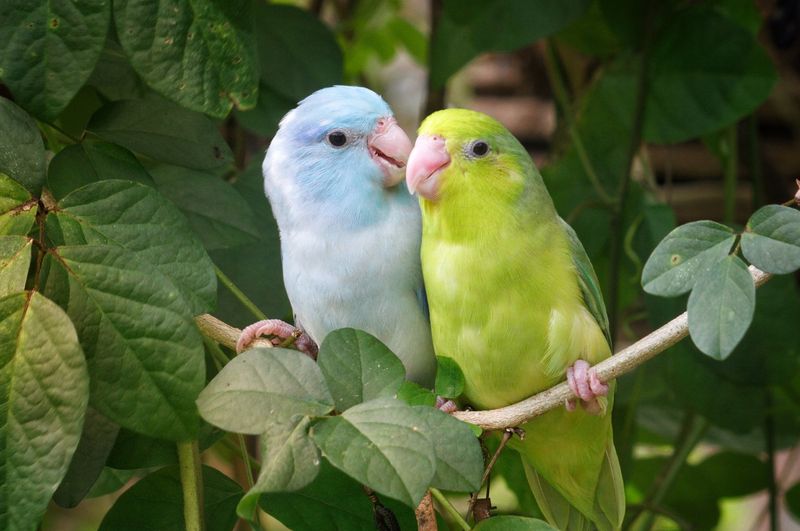
Often called “pocket parrots” due to their tiny size, these feisty little birds pack all the personality of their larger cousins into a 5-inch frame—minus the volume!
Parrotlets communicate primarily through soft chirps and chattering that rarely rises above background noise levels. Don’t mistake their quiet nature for timidity though; these miniature parrots have bold personalities and can be quite assertive without resorting to screaming matches.
14. Lineolated Parakeets
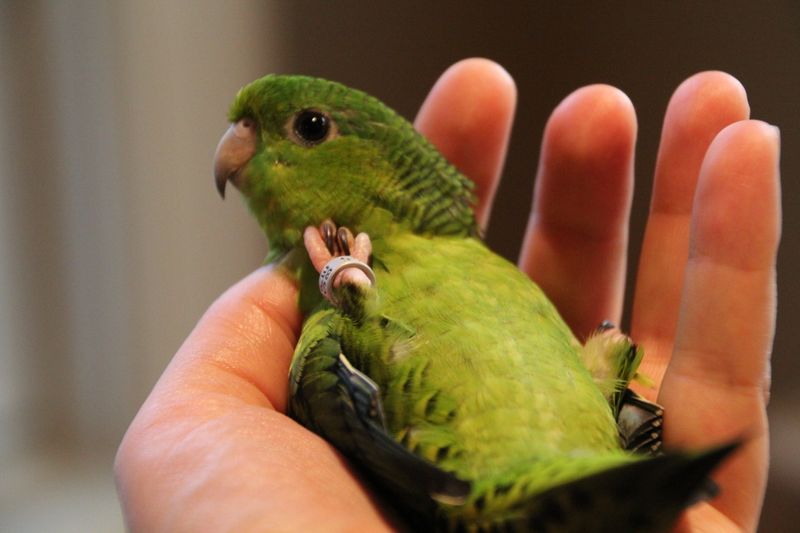
With their charming scalloped feather pattern and gentle disposition, “linnies” have become favorites among apartment dwellers for good reason. Their voices match their peaceful nature—soft, musical, and remarkably restrained.
These South American natives communicate through quiet warbles and trills that sound almost like hushed conversations. Even their excitement calls remain at considerate volumes. Their gentle cooing serves as a pleasant background soundtrack rather than an attention-demanding performance.
15. Senegal Parrots
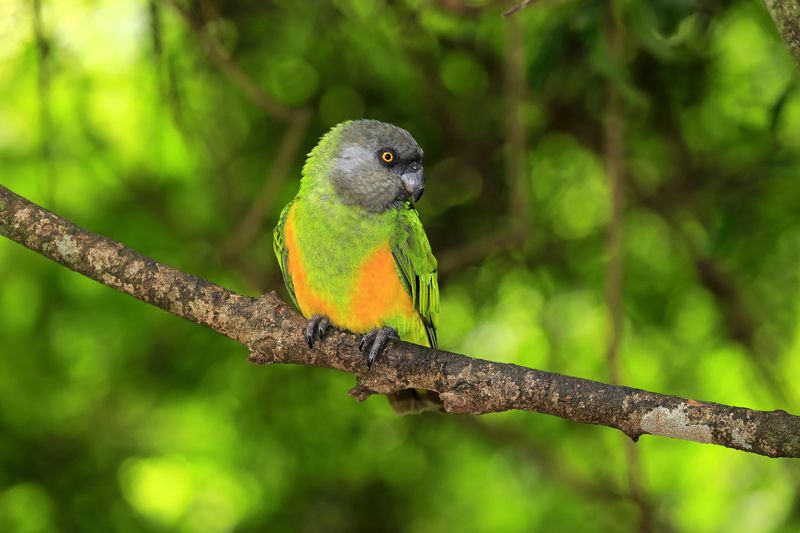
Among the medium-sized parrots, Senegals stand out for their remarkable self-control in the volume department. Their forest-green bodies and distinctive gray heads house surprisingly modest vocal cords.
While capable of occasional loud calls, these West African natives generally prefer quieter whistles and charming chuckles. They’re known for being more selective about when they vocalize, typically saving their voices for genuine excitement rather than constant commentary. Even their alarm calls tend to be brief rather than sustained.

